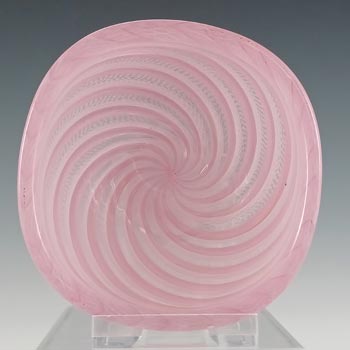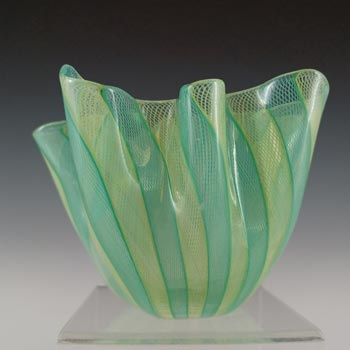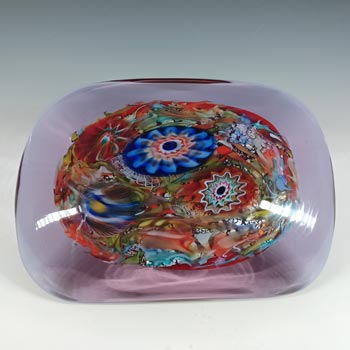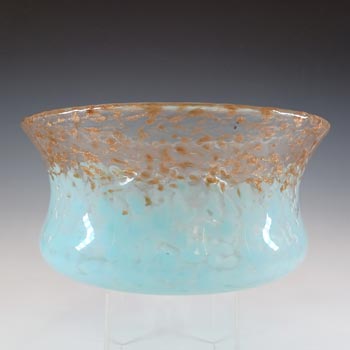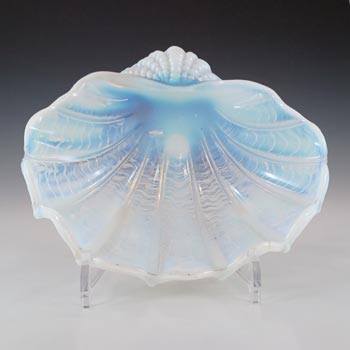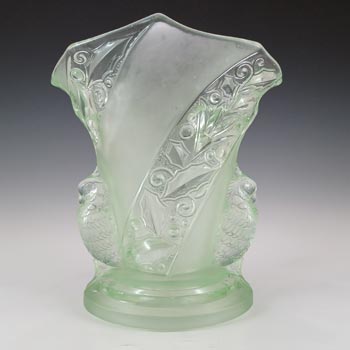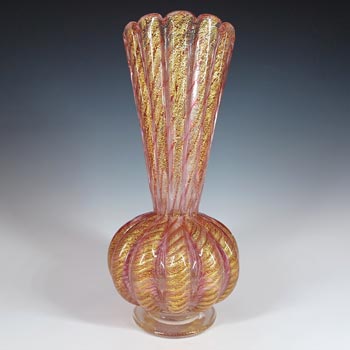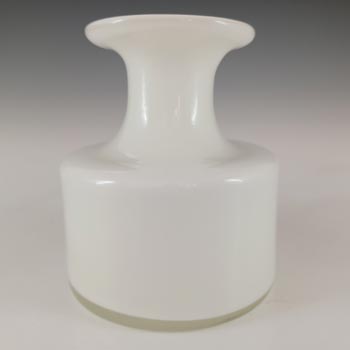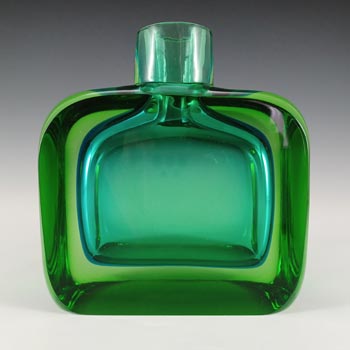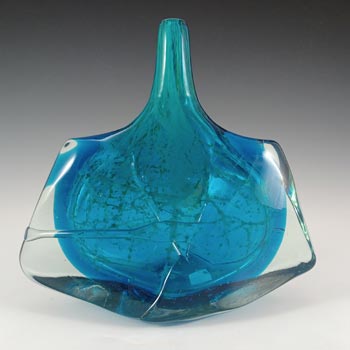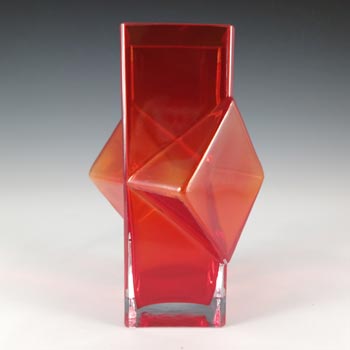Thomas Webb began his glass career in 1829, when he became a partner of the Wordsley Glassworks. Soon after, he also inherited his Fathers partnership in the nearby White House Glassworks, and in 1836 he left Wordsley to run White House. The Platts Glassworks was added in 1840, followed by the Dennis glassworks in 1855. Thomas Webb was joined by his sons Thomas Wilkes Webb and Charles Webb, and in 1859 the company was named Thomas Webb & Sons. Their Father died in 1869 and Thomas Wilkes Webb became head of the company. Thomas Webb & Sons became well known for their quality fine lead crystal glassware, and towards the end of the nineteenth century produced decorative glass such as Burmese, Alexandrite, Cameo and Satin glass. Thomas Wilkes Webb passed away in 1891, Charles Webb then ran the company until he retired in 1900, when Congreve William Jackson took the role of managing director. During the early 20th century, production moved towards Art Nouveau style glassware.
In 1920, Thos. Webb & Sons merged with Edinburgh and Leith Flint Glass Co. and became Webb's Crystal Glass Company. The firm aquired Henry G. Richardson & Sons in 1930. Sven Fogelberg, previously from Swedish glassworks Kosta, became manager of Webb's in 1932. Designers at the factory during the 30's included Thomas F. Pitchford, Anna Fogelberg and Homery Folkes. The very popular 'Gay' glass range was introduced in 1933, which consisted of several designs including Old English Bull's Eye, Venetian Ripple, Cut Water Lily, and Plain. Designer David Hammond joined Webb's in 1947 - 1951, and returned 1956 - 1988. Hammond designed the Scandinavian style 'Flair' range in the 1960's.
Webb's was bought by Crown House Ltd in 1964, and merged with Dema Glass Ltd in 1971, before becoming part of the Coloroll Group in 1978. The factory was closed in 1990.
Sources: 20th Century Factory Glass by Lesley Jackson.

